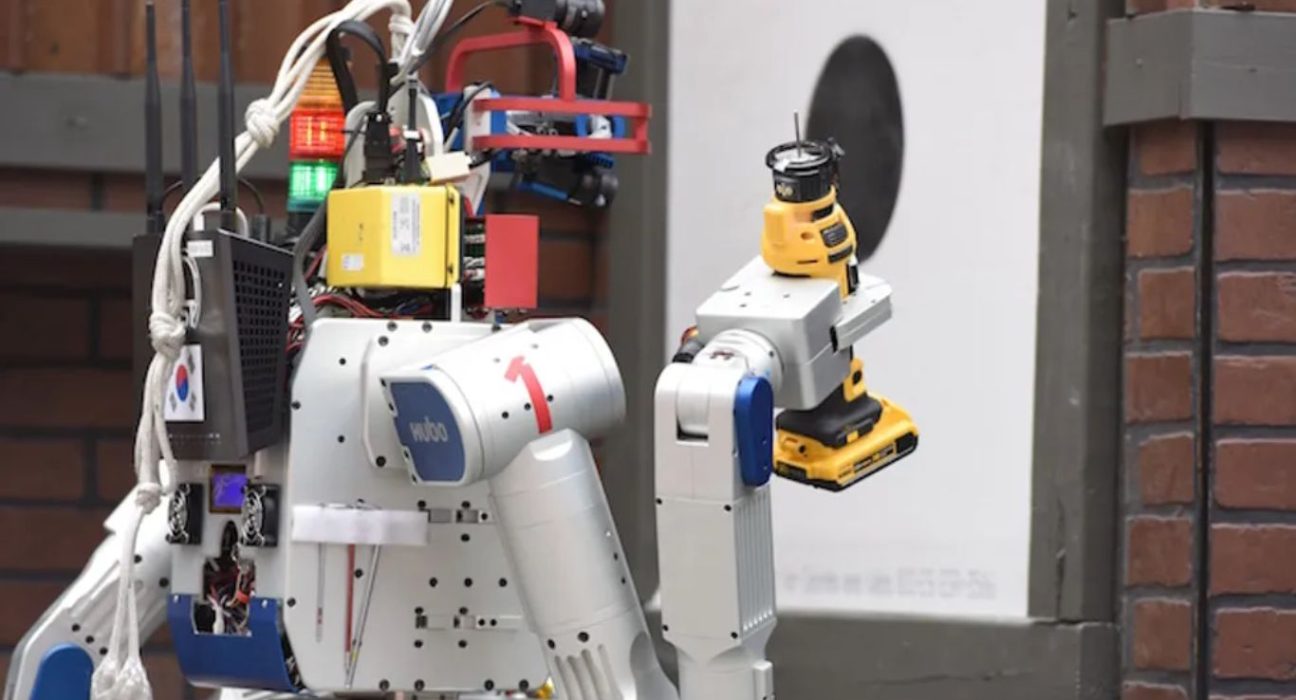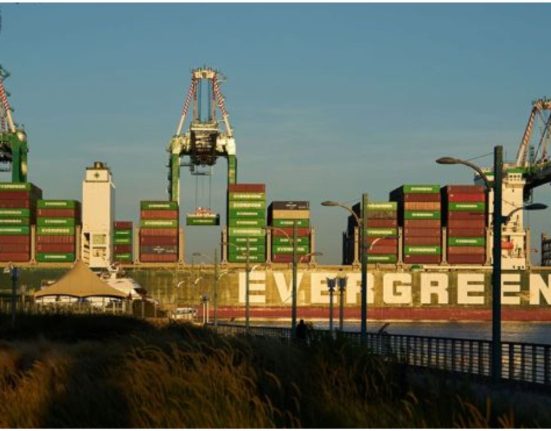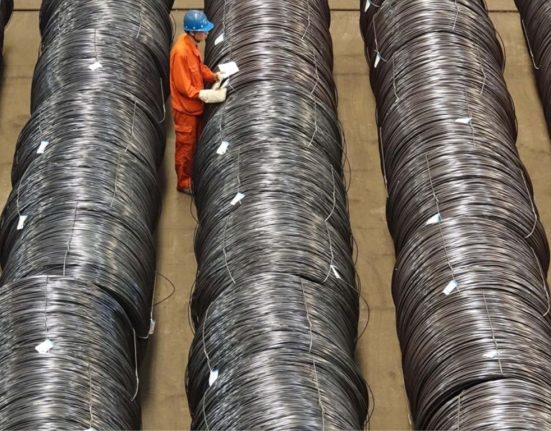Introduction
In the realm of advanced technology and automation, even the most formidable of forces can be trumped by a slowing economy. The Association for Advancing Automation (A3), a prominent industry group, has recently compiled data shedding light on a rather intriguing correlation – the decline in robot orders in North America during the second quarter. This article delves into the causes, implications, and potential solutions related to this phenomenon, highlighting the importance of economic stability in the world of high-tech machines.
The Sluggish Quarter
The second quarter of any year is usually a bustling time for industries across the spectrum. However, North America witnessed a stark departure from this norm as companies in the region significantly scaled back their orders for high-tech machines. This data, meticulously gathered by A3, presents a worrying trend that demands closer scrutiny.
The Root Cause
The roots of this decline can be traced back to the tail end of the preceding year. Rising interest rates coupled with sluggish economic growth sowed the seeds of apprehension among businesses, leading them to curtail their enthusiasm for investing in new robotic technologies. It’s evident that when the economic tide recedes, it carries with it the ambitions of enterprises to automate and innovate.
Economic Growth and Robotics
An Inseparable Duo
The correlation between economic growth and the demand for robotic solutions is not coincidental. A thriving economy typically spurs increased consumer demand, which, in turn, fuels the need for efficient manufacturing and logistics processes. This need is where robots come into play, streamlining operations, enhancing productivity, and ultimately, boosting profits.
Rising Interest Rates
The Game-Changer
One of the prime catalysts in this scenario is the specter of rising interest rates. As the cost of borrowing capital increases, companies inevitably become more cautious about investments, especially in high-cost assets like robots. Such an environment compels businesses to reevaluate their spending priorities, often putting technological advancements on the back burner.
Sagging Economic Growth: The Straw that Broke the Camel’s Back
Simultaneously, sagging economic growth casts a long shadow of uncertainty over the business landscape. When businesses are uncertain about future market conditions and consumer behavior, they tend to exercise restraint in their expenditures. Robots, which often entail substantial initial investments, become casualties of this economic apprehension.
The Domino Effect on Industry
The repercussions of dwindling robot orders ripple throughout the industry landscape. Manufacturers of these advanced machines experience decreased demand, leading to production slowdowns and potential layoffs. Furthermore, the slowdown impacts the entire supply chain, affecting suppliers of robot components and software developers alike.
Seeking Solutions in Uncertain Times
In times of economic turbulence, adaptability and innovation become paramount. Businesses that weather the storm are often those that pivot to meet the evolving demands of the market. For the robotics industry, this may entail developing more cost-effective solutions, exploring leasing options to lower upfront costs, or diversifying product offerings to cater to emerging niches.
The Road to Recovery
While the current scenario may seem bleak, there is light at the end of the tunnel. Economic cycles are inherently cyclical, and as the economic landscape stabilizes, the demand for robotic technologies is likely to rebound. However, industry stakeholders must remain proactive in addressing economic challenges and nimble in their approach to stay ahead in this competitive field.
Conclusion
The intricate dance between economic growth and the demand for robotics is a testament to the interwoven nature of modern industries. The recent decline in robot orders in North America serves as a reminder that even the most cutting-edge technologies are not immune to the ebb and flow of economic tides. As we navigate these uncertain waters, businesses must remain resilient, adaptive, and forward-thinking, ensuring that the robot invasion may be paused but is far from defeated.










